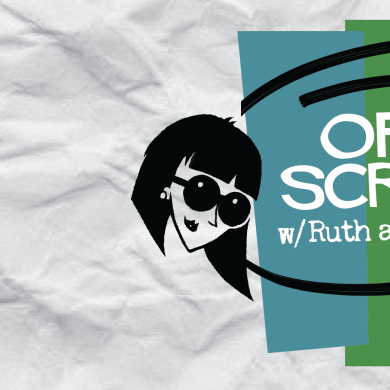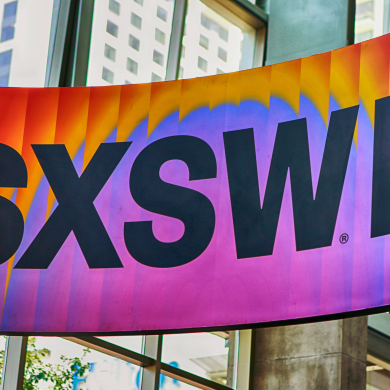The vast majority of the most popular films and television shows are legally available online for U.S. audiences, according to a new study from KPMG.
The first-of-its-kind comprehensive study analyzed a large sample of 808 films and 724 television shows that was compiled based on popularity with audiences and critical acclaim, incorporating factors such as box office sales, Oscar wins, and inclusion in the American Film Institute’s “Top 100” list.
Those film and television titles were then cross-referenced for their availability on 34 competing legal online video on demand services, such as iTunes, Amazon Prime, Google Play, Netflix, Crackle, and Hulu.
The results of the study are exciting and welcome news for audiences and artists alike. Individual creatives benefit from a vibrant legal online marketplace for creative content because it allows them to be compensated for their work. Likewise, when audiences pay for creative works, it leads to future investment in films and television shows, providing them with more choices.
Among the study’s key findings:
Ninety-four percent of the films reviewed were available on at least one of the 34 online platforms studied, and the figures are even higher in some sub-samples.
- 100 percent of 2012 U.S. top 100 box office hits
- 100 percent of all 85 Oscar®-winning Best Picture films
- 100 percent of the top 60 indie hit films from 2011-2013
- 98 percent of U.S. Top 20 box office hits each year from 2000 through 2010
- 96 percent of the American Film Institute’s Top 100 films
- 77 percent of 2013 U.S. Top 100 box office hits (including films that were still in first-run in theaters at the time of the study)
The study also looked at film title availability across multiple online platforms and found that 81 percent of the films reviewed were available on at least 10 of the 34 digital services.
For television, the following percentages were available on at least one of the 34 online platforms studied:
- 96 percent of the Top 100 U.S. TV shows in 2012
- 96 percent of modern hit TV shows (pre-2011)
- 95 percent of the Top 100 U.S. TV shows in 2011 (current season episodes only)
- 87 percent of the Top 100 U.S. TV shows in 2013 (current season episodes only)
It’s worth noting that the study did not include other legal options for consuming online content, such as subscription-based TV Everywhere services or free online catch-up TV provided by networks. That means even more online choices are currently available than what was reviewed by KPMG.
Why does this information matter?
One of the most frequent and persistent rationalizations for piracy made by some consumers of pirated material – and advanced by opponents of copyright – is lack of availability.
By detailing the tremendous progress toward making content available when, where, and how audiences want them, the study demonstrates exactly why that argument has become increasingly hollow.
An important part of CreativeFuture’s mission is to promote expanded access to content in ways that reward creativity and hard work. And that’s a big part of reducing piracy.
However, there is ample proof that making a film or show available legally does not mean people will pay for it. No one in the creative community is immune to piracy. Even Netflix, with extensive digital offerings for only $8-12 a month, has been hit by record levels of piracy (see numbers for Orange is the New Black and Breaking Bad).
That is why it is imperative for creatives to speak up about the value of creativity to our culture and economy – and to raise awareness about legal online alternatives. And why, as a community, we need to make it harder for pirate site operators to stay in business – by encouraging legitimate companies, such as advertisers and credit card companies, to do their part in stopping the flow of revenue to pirate sites.



